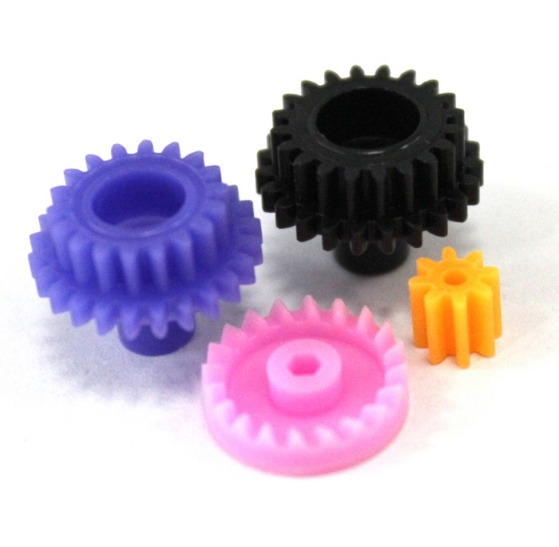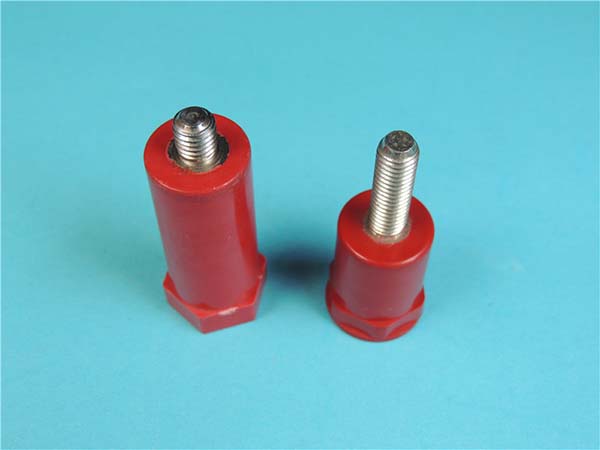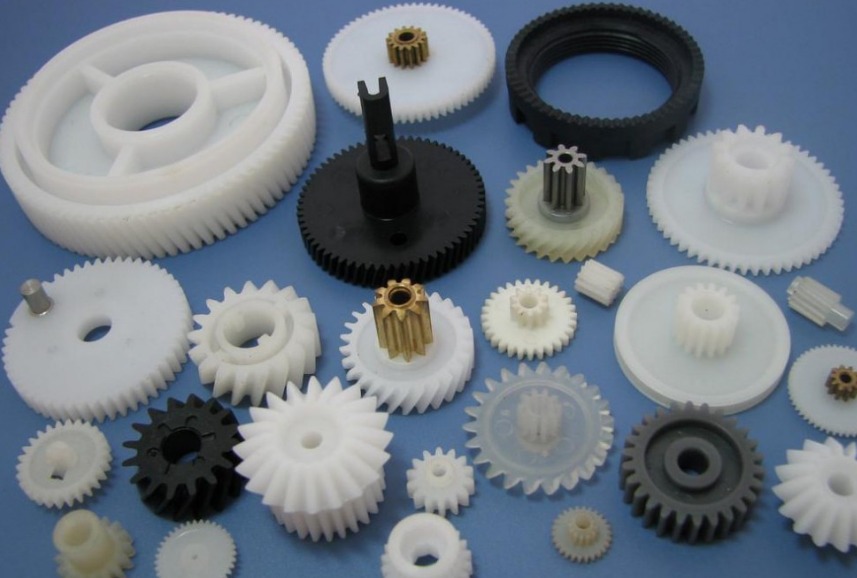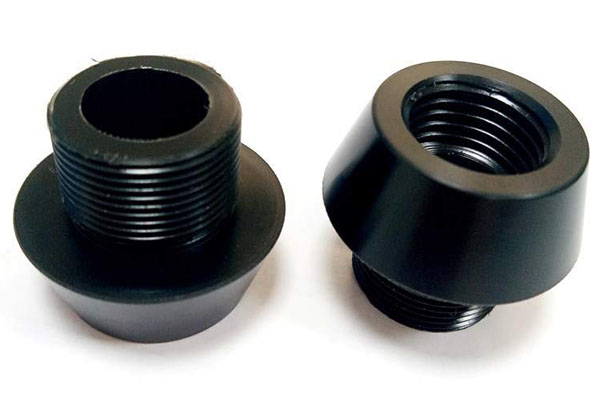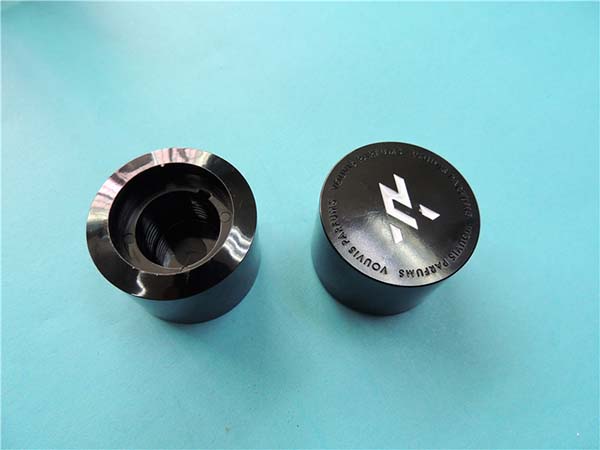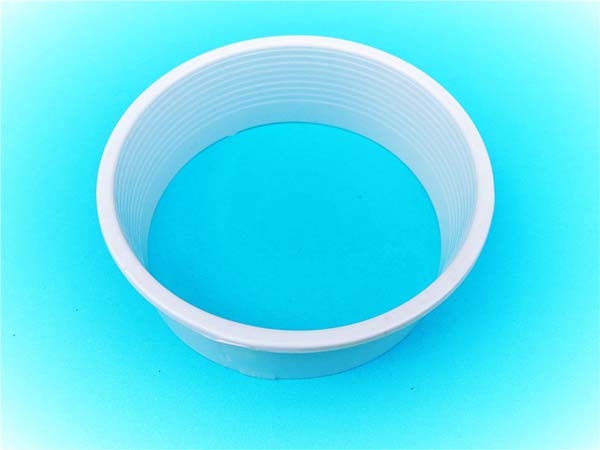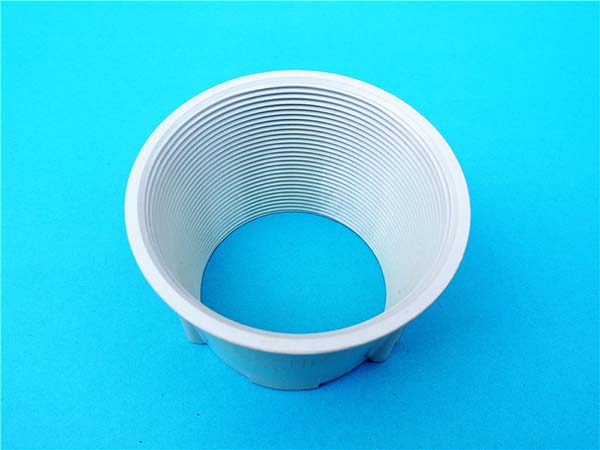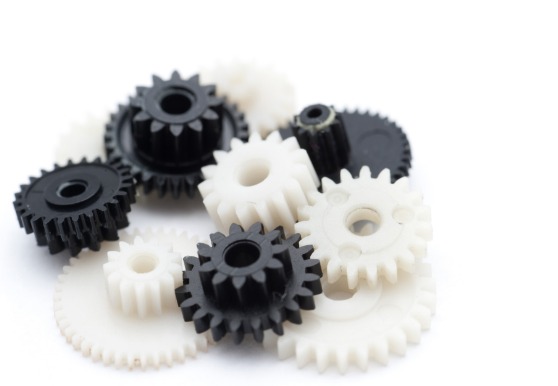Introduction to Micro Gears
What are Micro Gears
Micro gears, as the name implies, are miniature versions of traditional gears, designed to operate in tight spaces and often with high precision requirements. These tiny mechanical components are characterized by their small size, typically having a module (a metric for gear sizing) ranging from as low as 0.05 to 1, and diameters that can be as small as a fraction of a millimeter up to a few centimeters.
For instance, in some micro - electromechanical systems (MEMS), micro gears might have a diameter of just 0.1 mm, with teeth so small that they are almost invisible to the naked eye. The small size doesn't undermine their importance; instead, they play a crucial role in transmitting motion and power within a mechanical system. They can change the direction of rotation, adjust the speed of a moving part, or multiply torque in a compact setup, making them essential in various applications where space is at a premium.
Manufacturing Methods of Micro Gears
The production of micro gears involves several specialized manufacturing methods, each with its own set of advantages and ideal applications.
Injection Molding
Injection molding is a widely used method for manufacturing micro gears, especially when large - scale production is required. The process begins with plastic pellets being fed into a heated barrel. Here, the pellets are melted through a combination of heat and shearing action. Once in a molten state, the plastic is forced, under high pressure, into a precisely designed mold cavity that has the shape of the micro gear.
For example, in the production of micro gears for small consumer electronics like earbud cases, injection molding can produce thousands of gears in a single day. The high production rate makes it cost - effective for large - volume orders. According to industry statistics, injection molding can achieve cycle times as short as a few seconds for simple micro gear designs, enabling manufacturers to produce hundreds of thousands of parts per month. This method also allows for tight tolerances, typically in the range of ±0.05 mm, which is sufficient for many applications.
3D Printing
3D printing, also known as additive manufacturing, has emerged as a powerful technique for creating micro gears, especially those with complex geometries. The principle behind 3D printing involves building the micro gear layer by layer. A digital 3D model of the gear is sliced into thin cross - sectional layers. Then, a 3D printer deposits or cures the material, such as a photosensitive resin or a powdered material, layer by layer according to the design.
One of the main advantages of 3D printing for micro gears is the high level of design freedom. For instance, gears with internal cavities, intricate tooth profiles, or non - standard shapes that would be extremely difficult or impossible to manufacture using traditional methods can be easily produced with 3D printing. In a research project at a leading university, 3D - printed micro gears with custom - designed tooth profiles were created for a micro - robotic application. These gears had a unique shape that optimized power transmission in the compact robotic system. However, 3D printing is generally slower compared to injection molding and may have limitations in terms of material properties and surface finish for some applications.
Machining
Machining is another method for producing micro gears, particularly when high precision and small - batch production are required. This process involves using specialized machine tools, such as micro - milling machines or micro - lathes. The raw material, usually a block of plastic or metal, is precisely shaped through a series of cutting operations.
For high - precision applications like aerospace or medical devices, machining can achieve tolerances as low as ±0.001 mm. For example, in the production of micro gears for a miniature satellite's attitude control system, machining is used to ensure that the gears meet the strictest accuracy requirements. The drawback of machining is that it can be time - consuming and costly for large - scale production due to the need for skilled operators and the relatively slow material removal rate. Each gear may take several minutes to hours to machine, depending on the complexity of the design and the required precision.
Application Scenarios of Micro Gears
In Precision Instruments
Micro gears are the unsung heroes in precision instruments, where the slightest deviation can lead to significant errors. In mechanical watches, for example, micro gears play a crucial role in maintaining accurate timekeeping. A high - end mechanical watch may contain dozens of micro gears, each with a specific function. The escapement gear, which is often a micro gear, controls the release of energy in a precise and regular manner. It allows the watch's balance wheel to oscillate at a constant rate, typically around 3 - 8 oscillations per second. This precise movement ensures that the watch's hands move smoothly and accurately, with an error of only a few seconds per day in high - quality timepieces.
In microscopes, micro gears are used to adjust the focus and magnification. A research - grade microscope may have a fine - adjustment knob that is connected to a set of micro gears. These gears enable the user to make extremely precise adjustments to the distance between the objective lens and the specimen. For instance, in a high - magnification biological microscope used for studying cell structures, the micro gears can achieve a focus adjustment accuracy of up to 0.001 mm. This level of precision is essential for scientists to observe and analyze the minute details of cells, such as the structure of organelles within the cell.
In Medical Devices
The role of micro gears in medical devices is nothing short of life - saving. In cardiac pacemakers, micro gears are used in the miniature motors that control the rate at which electrical impulses are delivered to the heart. A pacemaker's motor, which is powered by a small battery, needs to be extremely precise in its operation. The micro gears in the motor ensure that the electrical pulses are delivered at the correct intervals, typically ranging from 60 - 100 pulses per minute for a normal heart rate. This precise control helps to regulate the heart's rhythm and can be a matter of life and death for patients with heart rhythm disorders.
Insulin pumps, which are used by millions of diabetes patients worldwide, also rely on micro gears. These pumps are designed to deliver a precise amount of insulin into the patient's body throughout the day. The micro gears in the insulin pump's drive mechanism control the movement of the plunger that dispenses the insulin. For example, a modern insulin pump can deliver insulin in increments as small as 0.05 units. This high level of precision is crucial for diabetes patients to maintain stable blood sugar levels. Any miscalculation in the insulin delivery due to faulty micro gears could lead to serious health complications, such as hypoglycemia or hyperglycemia.
In Aerospace Industry
In the aerospace industry, every gram of weight reduction and every bit of performance improvement matters. Micro gears are used in various aerospace applications to achieve these goals. In satellite attitude control systems, micro gears are part of the mechanisms that adjust the orientation of the satellite in space. A small satellite may use a set of micro - geared motors to change its position relative to the Earth. These motors can rotate the satellite with an angular accuracy of up to 0.01 degrees. This high - precision control is essential for satellites to maintain their desired orbits, point their antennas or sensors in the right direction, and ensure reliable communication and data collection.
In aircraft, micro gears are used in many subsystems. For example, in the fuel - metering systems of jet engines, micro gears help to accurately control the flow of fuel. The fuel - metering unit uses micro gears to adjust the position of valves that regulate the amount of fuel entering the engine. This precise control is crucial for optimizing engine performance, reducing fuel consumption, and ensuring safe operation. A small error in fuel metering could lead to engine inefficiencies, increased emissions, or even engine failure. Given the harsh operating conditions in aerospace, such as high - temperature, high - vibration, and low - pressure environments, the micro gears used in these applications must be made of materials that can withstand these challenges and maintain their performance over long periods.
Yigu Technology's Perspective
As a non - standard plastic metal products custom Supplier, Yigu Technology has a deep - seated understanding of the micro gear market. Our advanced manufacturing technologies enable us to produce micro gears with exceptional precision, often achieving tolerances that are well within the industry standard, sometimes even reaching ±0.005 mm in specific applications. This high - precision manufacturing capability allows us to meet the strict requirements of various industries, from medical devices to aerospace.
We firmly believe that continuous innovation in materials and manufacturing processes is the key to the development of micro gears. For example, we are constantly exploring new plastic materials with enhanced mechanical properties, such as higher strength - to - weight ratios and improved heat resistance. By doing so, we aim to provide our customers with micro gears that can perform better in harsh operating conditions.
Our service philosophy is centered around meeting customer needs. We work closely with our clients from the initial design concept to the final product delivery. Whether it's a small - batch production for a research project or a large - scale order for mass - produced products, we ensure that each micro gear meets the highest quality standards.
FAQ
What is the lifespan of miniature plastic gears?
The lifespan of miniature plastic gears varies widely depending on multiple factors. Under normal load conditions (for example, a load of 0.03 N/mm of tooth width), with proper lubrication and in a room - temperature (around 25°C) and low - humidity (below 50% relative humidity) environment, plastic gears made of common materials like POM can last for approximately 10,000 - 50,000 operating cycles. However, if the load increases by 50%, the lifespan may be reduced by half. High - temperature environments can also significantly shorten the lifespan. For instance, at 80°C, the lifespan of POM gears may be only 30 - 50% of that at room temperature. To extend the lifespan, it is crucial to operate the gears within the recommended load range, maintain a suitable operating environment, and use proper lubricants. Regular maintenance and inspection can also help detect early signs of wear and take timely measures to replace the gears when necessary.
How to choose the right material for micro gears?
When choosing a material for micro gears, first consider the application scenario. For applications in consumer electronics where space is limited and weight needs to be minimized, lightweight plastic materials such as POM or ABS are often good choices. POM offers high stiffness and wear - resistance, while ABS has good impact resistance. If the micro gears are used in a high - load application, like in some industrial machinery, metal materials like stainless steel should be considered due to their high strength. In terms of environmental factors, if the gears will be exposed to high - temperature environments (above 100°C), heat - resistant plastics like polyetheretherketone (PEEK) or ceramics are more suitable. For applications in corrosive environments, materials with good corrosion resistance, such as certain types of plastic - coated metals or corrosion - resistant plastics, should be selected. Additionally, if high precision is required, materials with stable dimensional properties under different conditions are preferred.
Can micro gears be customized according to specific needs?
Yes, micro gears can be customized to meet specific requirements. The customization process usually starts with a detailed design phase. The customer provides the design specifications, including gear dimensions, tooth profile, material requirements, and performance expectations. Manufacturers then use computer - aided design (CAD) software to create a 3D model of the customized micro gear. Once the design is finalized, the manufacturing phase begins. Depending on the order quantity and precision requirements, manufacturers may choose from methods like injection molding for large - volume orders, machining for high - precision and small - batch production, or 3D printing for complex geometries. After manufacturing, the micro gears undergo strict quality inspection. This includes checking dimensional accuracy, surface finish, and material properties to ensure that they meet the customer's specifications. Whether it's a unique tooth shape for a special mechanical system or a specific material requirement for a harsh - environment application, customization can meet a wide range of customer needs.
